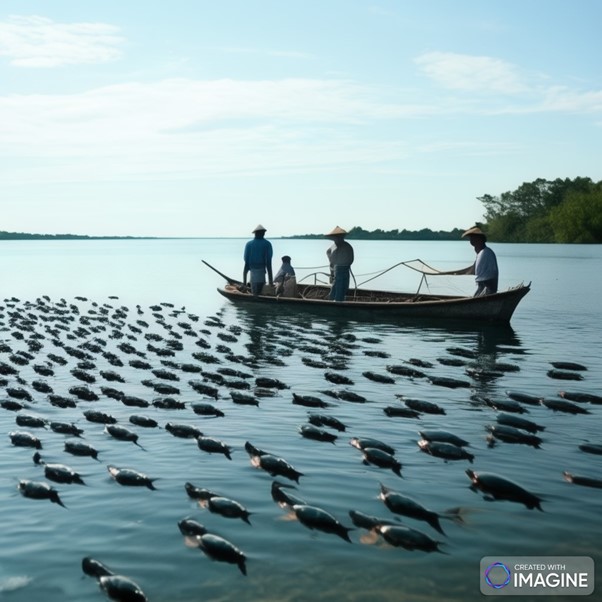By: Sadeq Khaleefah Hanoon; Ahmad Fikri Abdullah; Helmi Z. M. Shafri and Aimrun Wayayok
Moderated for Web By: Farah Izana Abdullah
Urban sprawl has become a common phenomenon worldwide, accelerating the process of land use–land cover change (LULCC) at an unprecedented rate. LULCC leads to dramatic changes in the planning criteria on which various urban activities are spatially distributed. Several techniques promote land use planning, a geographic information system and multicriteria decision making (GIS-MCDM), GISMCDM is one of the primary decision-making issues that seeks to identify the optimal option by considering more than one factor throughout the selection process. The integration of GIS and machine learning (GIS-ML) is preferred by most scholars to conduct spatial analysis and to optimise the location. This study aims to innovate a novel technique that can predict urban sprawl for a long time and can be integrated with optimisation land use techniques to make suitable decisions. This study aims to innovate a simple technique that can predict urban sprawl for a long time while being integrated with optimisation land use techniques to make suitable decisions.
The practical basis of this study depended on the capabilities of machine learning algorithms to develop a land use simulation technique. Several techniques were applied to achieve this goal: (1) Nasiriyah City, Iraq was chosen as the study area; (2) Landsat images for three periods, i.e., 1992, 2002, 2012 and 2022, were downloaded; (3) the supervised classification technique using RF was applied to classify Landsat images for the years 1992, 2002, 2012 and 2022; (4) the ANN-CA simulation technique was used to predict the city expansion for the three decades (2032, 2042 and 2052); (5) the UGB technique was delineated using simulated maps; and (5) a dataset model was generated using UGBs to train ML algorithms on urban-growth trends. The administrative region of Nasiriyah City, South Iraq was selected as a case study to predict the urban growth of the city.
Findings shown that the urban area ratio was increased by about 10%, i.e., from 2.5% in the year 1992 to 12.2% in 2022. The urban area ratio of the general region increased by about 7.92 %, i.e., from 12.17% in the year 2022 to 20.09% in 2052.
The urban communities near pollution-causing factories are exposed to risks of environmental pollution. Substantial research has proposed appropriate solutions, including many land use optimisation methods. The most common methods of spatial optimisation are GIS-MCDM and the integration of GIS and ML models along with RS data. In both approaches, the spatial decision is made on the basis of multicriteria, most of which are spatial dynamic factors; the practical principle of these approaches does not consider dynamic. Therefore, this novel technique is recommended for integration with optimisation land use techniques to determine the sites that would be covered by the future city expansion.
Web: https://doi.org/10.3390/ijgi12020076

Date of Input: 27/04/2023 | Updated: 11/05/2023 | s_humaira
MEDIA SHARING





























